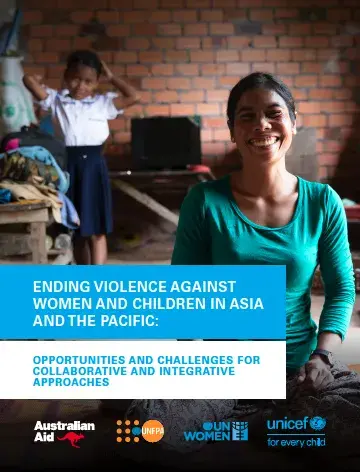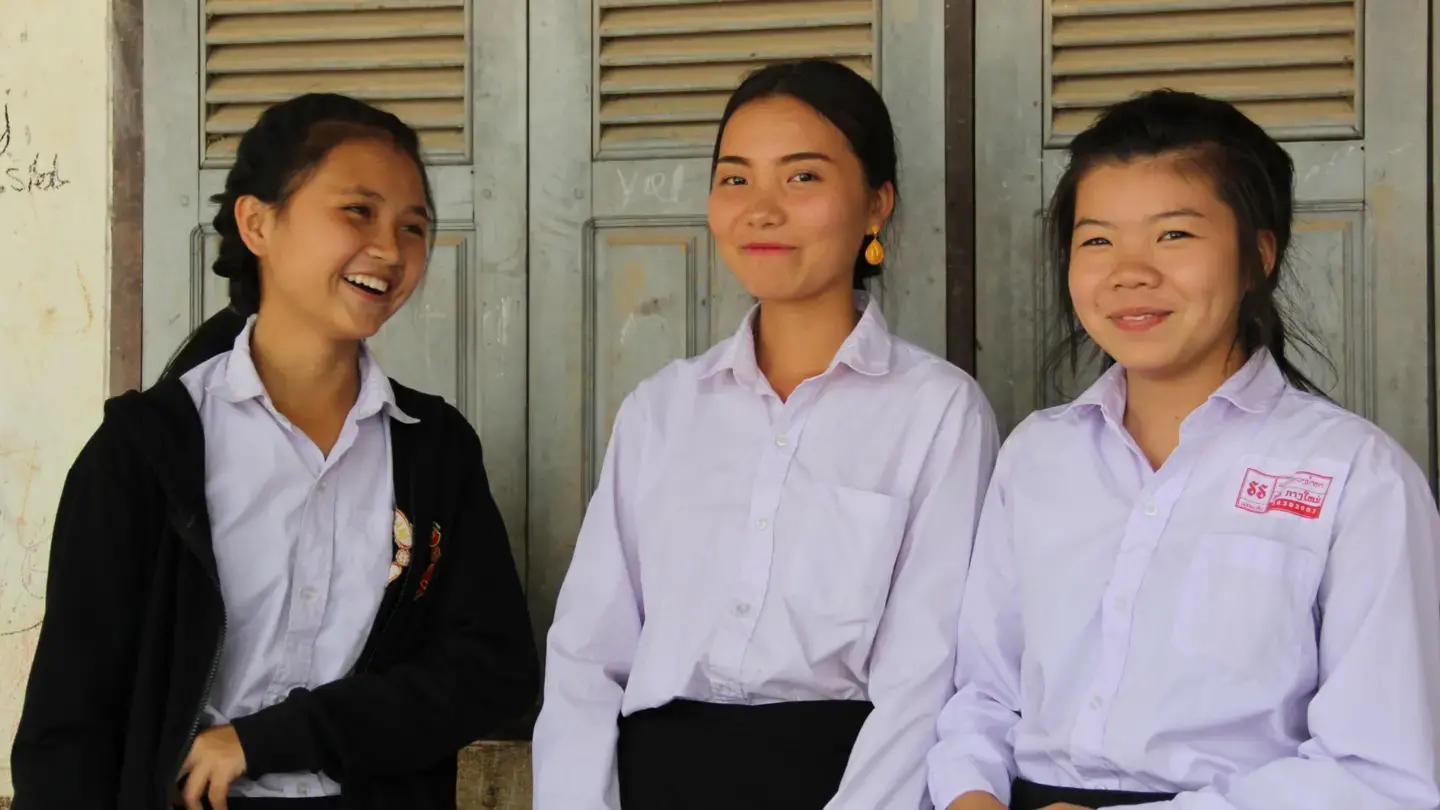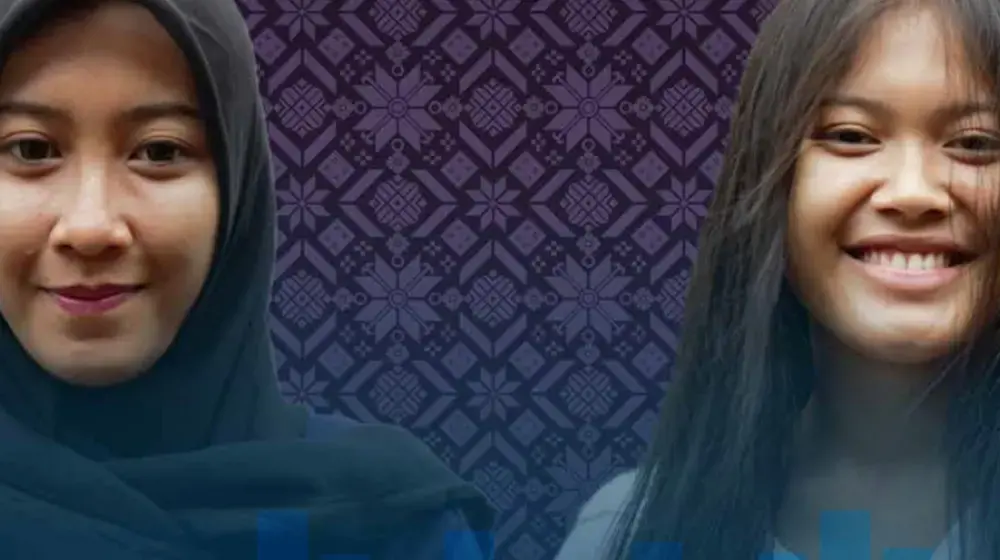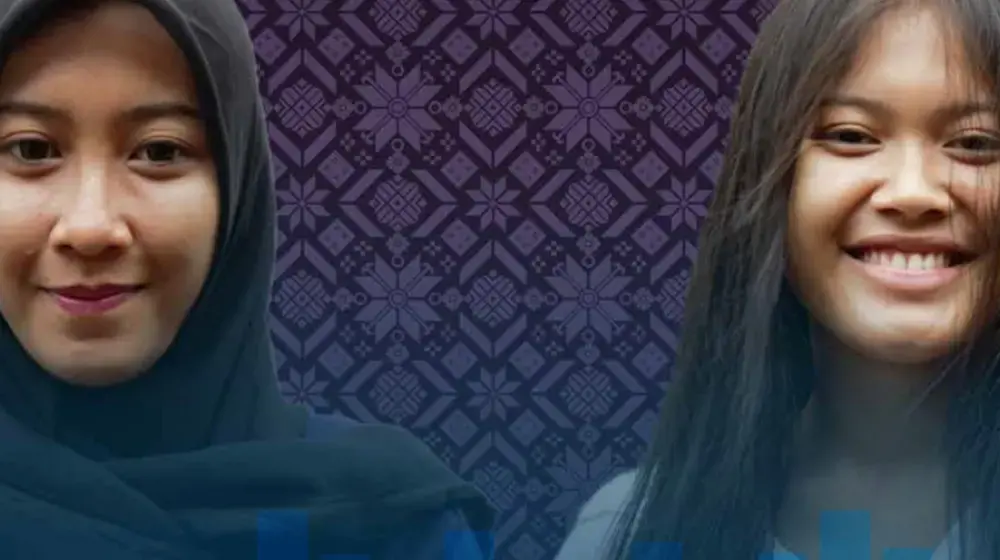In November 2020, the Regional Offices of UNFPA, UN Women and UNICEF launched a joint study exploring and clearly illustrating the interlinkages between violence against women (VAW) and violence against children (VAC) in four countries in East Asia and the Pacific – Cambodia, Papua New Guinea, the Philippines and Viet Nam.
This new Regional Position Paper, published in July 2021 and developed with the support of UNICEF’s Office of Research – Innocenti, builds on the four country studies linked above.
It recognizes that action on VAC and VAW has to be taken together, and it calls on agencies and partners to proactively pursue opportunities for collaboration to address VAW and VAC.
Key findings
Violence against women and children are linked. These harms share risk factors, including a lack of responsive institutions and weak legal actions against violence. These forms of violence are also both fueled by the harmful social norms that condone violent discipline, promote toxic masculinity, prioritize family reputation and blame victims – all of which perpetuate gender inequality. Intimate partner violence (IPV) and VAC often co-occur within spaces and relationships of trust, such as in the home or in schools. Evidence indicates that children in households affected by IPV are more likely than other children to experience violent discipline by both male and female caregivers. Further, witnessing IPV may have long-term health and social consequences similar to the impact of direct abuse.
Adolescent girls are at heightened risk of violence. They can directly experience IPV from husbands and romantic partners. IPV is significantly correlated with lower age of first union and unintended pregnancy. Despite their heightened risk, adolescent girls often fall through the gaps of prevention and response programming on VAC and VAW. At the same time, it is during adolescence that boys often begin perpetrating such violence, making it important to intervene early.
Violence against children and women has an intergenerational impact. Adults who experienced physical, sexual and emotional abuse as children are far more likely to be involved in interpersonal violence. Girls and boys who were exposed to IPV are also more likely to use harsh parenting against their own children who in turn are at risk of carrying on the pattern, thus perpetuating the intergenerational cycle of VAC and VAW.
Collaboration opportunities to address both VAW and VAC
Building on the findings from the multi-country study, opportunities for strengthening the inter-linkages between sectors and actors working on VAW and VAC have emerged:
1. Prevention programmes that address the specific and shared underlying risk factors and harmful social norms.
2. Integration/coordination at front-line service points, especially police and health workers/centres, to ensure a more effective and holistic response for children and women.
3. Joint-advocacy.
4. Proactive discussions and consultations with both child protection and VAW actors to help avoid unintended consequences and promote mutually supportive reforms, when laws, policies and plans of actions are being developed on VAC or VAW.
5. Further research on the intersections between VAC and VAW and the continual generation of evidence on what works to collectively tackle both.
Download the full paper for more details.
Individual country studies:
Ending Violence against Women and Children in Cambodia
Ending Violence against Women and Children in Papua New Guinea
Ending Violence against Women and Children in the Philippines
Ending Violence against Women and Children in Viet Nam
Accompanying statement by the Regional Directors of UNFPA, UNICEF and UN Women:





